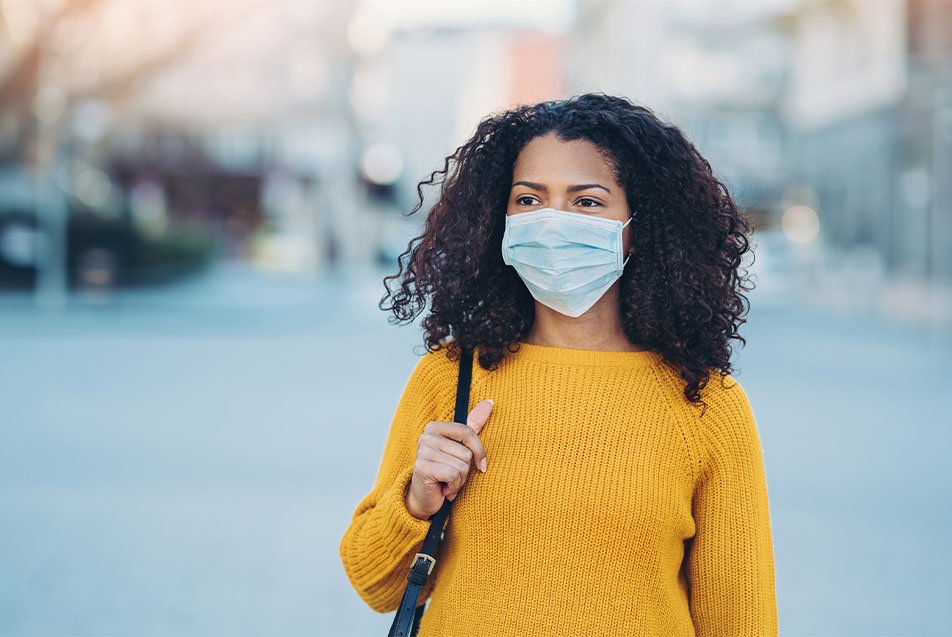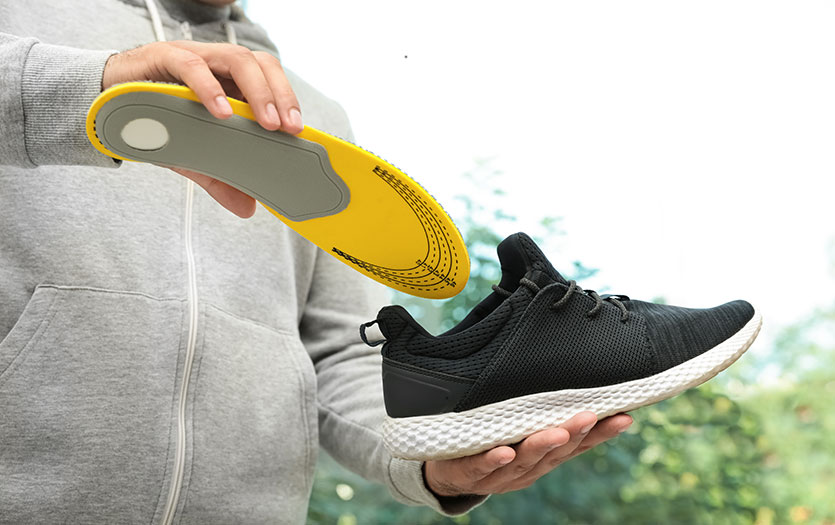
Jeffrey Boord, MD, chief quality and safety officer, Parkview Health, answers important questions about the current status of COVID-19 cases in our region, and why it’s imperative that we all do our part to limit transmissions.
How does the current number of hospitalizations compare to the hospitalizations we saw in the spring?
We’ve seen a very significant increase in the number of patients being hospitalized with COVID-19 over the last several weeks. These numbers are nearly double compared to the peaks we had in the spring/summer in our health system. Instances of the virus in Allen County alone are triple the amount we were seeing just a month ago.
How is the health system adjusting to this sharp increase in cases?
Our ability to treat patients in an inpatient setting is very fluid. Every hour of every day we have patients being admitted and patients being discharged. Our hospital capacity is dynamic and flexible. We can open additional units, add additional capacity or have patients moved to a different unit based on the level of care they need and/or the resources they require.
Is capacity a concern?
We currently have good capacity to provide hospital services across our region, but continue to have concerns about the high rates of community spread we’re seeing.
Capacity is something that we monitor very closely on a daily basis. Every hospital in our health system, as well as across our community, submits data on hospital capacity, the number of patients with COVID-19, the number of patients in the ICU, on ventilators, etc. to the Indiana State Department of Health on a daily basis, and that information is available to the public on their website.
How concerning is the current rise in cases?
It’s of great concern because so many members of our community are falling ill, and the rate of spread has accelerated immensely over the last month. Our essential workers – healthcare workers, first responders, teachers – they all live and work in this community. If they get sick, they can’t help the public. Parkview’s co-workers are our greatest resources in fighting this pandemic and they are at risk just like the rest of us.
What can the public do to help?
We all have to do our part to stop the spread of this virus. I encourage everyone to wear a mask, avoid social gatherings, practice proper hand hygiene, follow social distancing guidelines and stay home from work or school if you are sick. Seek medical attention and get tested if you notice any signs or symptoms of COVID-19.
How does the current situation compare to prior increases in cases?
We are currently experiencing the highest number of new infections. Cases have risen dramatically statewide and in our region, but really, it’s a national trend. Earlier this year we saw a more heterogeneous spread, meaning we saw rises in different counties and regions, but with this surge the rate of spread is high across the entire state and most of the United States.
It’s also different because our understanding medically of how to evaluate and treat patients with COVID-19 has really evolved over the course of the pandemic. Over time, as new clinical studies became available, we quickly adapted our protocols and, as a result, outcomes have improved. We have fewer patients requiring ventilators to recover and new medications which can help shorten the duration of COVID-19 and lessen its impact. That being said, prevention is still the best approach.
How did Parkview prepare for this situation?
We’ve had more time to prepare and we know more about managing the condition than we did six months ago, though this doesn’t negate our concern about the fast spread of the virus and the rate at which it’s impacting our population.
We have been doing extensive capacity planning as part of our incident response to the pandemic. That planning started in the spring and continued even in the summer when we saw reduced COVID activity. We took that time for additional preparations, restocking personal protective equipment (PPE) supplies, medications, etc., so that we would be prepared to weather the storm as cases increase over fall and winter.
We are collaborating across all of our individual hospitals, county and state health departments, and other health systems to work as a team to help serve our community and make sure we can respond and provide essential care, not just for COVID, but for all medical needs in our area.
What is Parkview’s main message for the community during this time?
Our healthcare workers, particularly those on the frontline taking care of these COVID patients, are working very hard and it’s a very challenging situation. We have more patients hospitalized with the virus than ever before. We have to protect ourselves and our loved ones, but we also owe it to those serving our area to do what we can to protect them as well. We understand that many people are tired of the pandemic and it seems so overwhelming. But it’s more important than ever for us to be vigilant about wearing our masks, washing our hands and keeping our distance.



